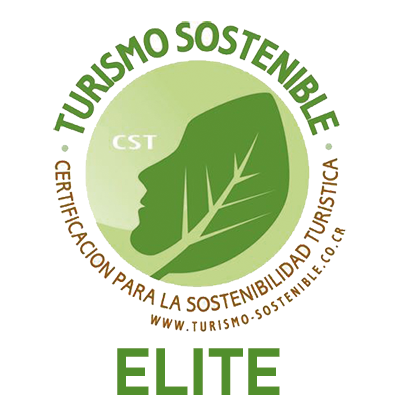The thrilling days of the Tico yesteryear
I went out to find food ingredients used in the days of old that are no longer common in the most typical dishes of Costa Rican gastronomy. I found various fruit, roots, and vegetables all used in different recipes and home remedies; but this quest had a different outcome from what I had expected.
I ended up learning stories about the old Costa Rica. These are some stories and facts that I learned from different people in different places.
I started this quest by mapping out different types of farmer’s markets around Costa Rican main cities and rural areas. I found a whole list of very particular ingredients; from dripping juicy sour fruits, to vegetables with weird names; thick beverages that will confuse your taste-buds and uncanny looking medicinal roots and herbs that help digestion and boost any sign of weariness in your body.
These markets really put you into perspective; thousands of products are produced in our country and thus each product has a different story to tell; depending upon location and different altitudes, many regions differ in agricultural crops and techniques. The stories behind each of these ingredients can literally track the roots from where the "Tico" culture comes from. "You are what you eat".
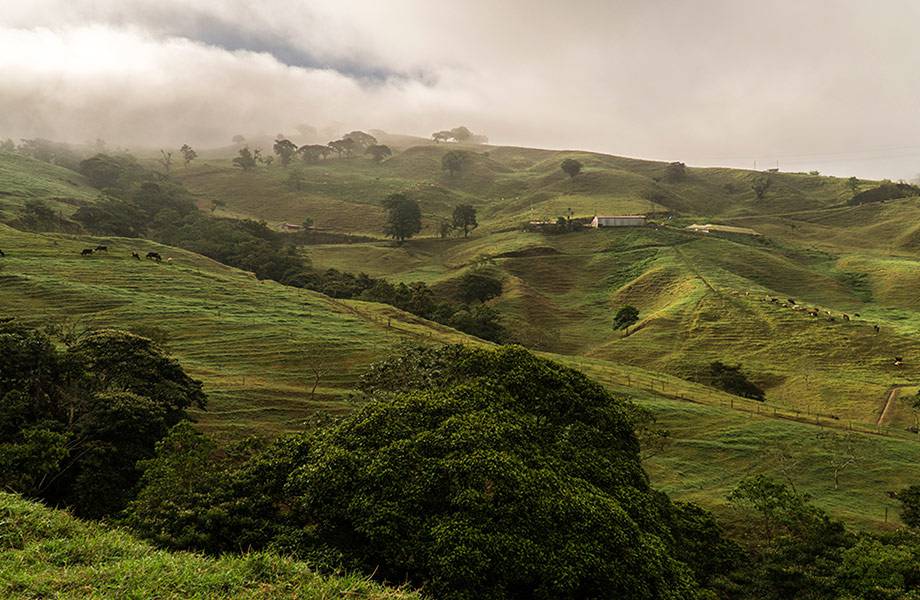
Zona de Los Ángeles
04:00am
The day starts earlier than a rooster’s crow, the old wood stove has been left lightly lit since the last dinner. The smell of strong coffee fills the warmth of the small typical farmer’s “choza” (a small house), the sun hasn’t come out yet but a quick breakfast is necessary to get some strength to start the day. The farmer’s wife is up earlier than he is; she starts her day by cooking large corn tortillas with fresh cheese, once the farmer leaves to work on the field, she goes out looking for near natural water sources, so she can carry it back home to use it on the daily basic needs, though they shower or bathe every 8 days, there are other chores that require water to be done during the day. After doing laundry and if the weather was sunny enough to dry the clothes, she proceeds to iron, and literally use an iron made of iron, but before starting, she needs to chop some wood, special wood if coal isn’t available. She chops small fragments to put inside the iron, heats it and finally press-irons the clothes while carefully starching the husband’s trousers as the wrong amount of starch might result in an angry husband.
You want to get to know Costa Rica and travel here?
No problem! We can help you by preparing an offer without any obligation for you.
Farmers are tough, resilient work-beasts that are worth admiring for all the hard work they do, but deep inside they are frail, humble men. I heard stories about how many men, farmers, die soon after they become widowers, though women joke about it; saying they die soon after because they can’t make it without all the hard work women do for them - this sounds right.
Women used to get married very young and especially in the rural areas their first-born had more probabilities to die during birth, this was due to the ignorance of a young woman going into labour without any medical help, their only help were experienced women; grandmothers, neighbours or older sisters that had previously been pregnant. With no birth control and because probabilities were high for a birth to go wrong, women could easily give birth 26 times during their lifetime. I met a senior woman who was born under these situations during that time; while cooking “empanadas” (a type of salty stuffed pastry) and still amazed by the events, she recalls:
“When our mom was ready to go into labour, she had to go outside the house, to the coffee plantation we had; she stretched out a coffee bag made of jute down on the floor, crouched down over it and pushed the baby out…Sometimes without any help, she came back to the house with the crying newborn to get it clean. Intrigued with all the buzz, the younger kids would start to ask questions about where did the baby come from, for which the answer always was that she found it under a rock…
The next morning, she had to be kept in quarantine inside the house, while usually someone in our family helped her with the chores and taking care of her.”
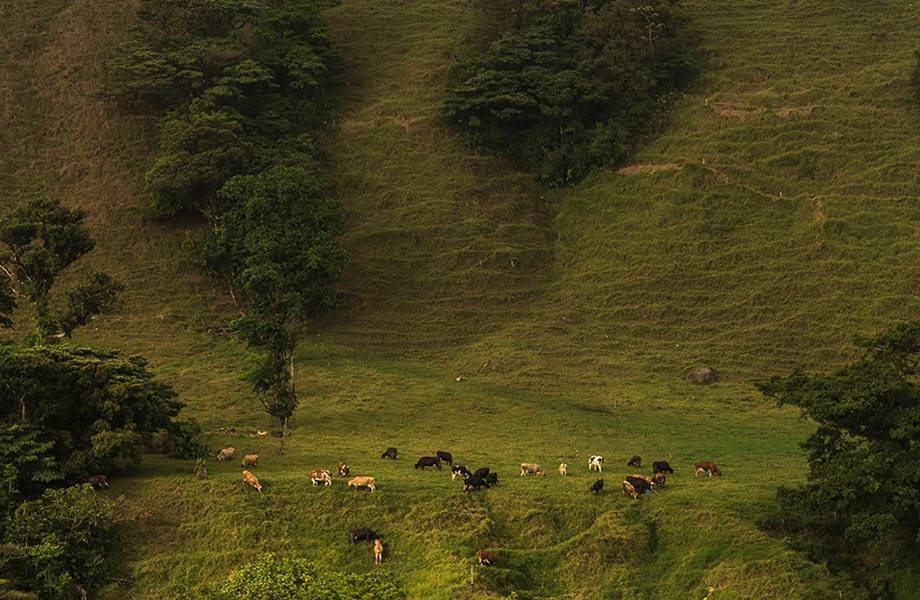
There are many unreal stories like this, but it’s all part of the life here; most of their beliefs and practices are based on their heritage and the way how they work the field, which is based on predictions of how they relate the weather and the moon with the crops. Farmers work with a different calendar and they base it with two forecasts: “Las Canículas” (“dog days”) when the weather is dry and the land is not ready to be sowed and “Las Pintas” which are the first thirteen days of the year; these first thirteen days dictate how each first day of every month is going to be.
If you’re a fisherman then you should know not to fish during the full moon; there is a belief that during this time, the tides are more unstable and thus, dangerous. But also, during a full moon, you should cut your hair if you have growth problems up there, especially if you’re a girl or a woman.
There is almost a mystical notion on how the Costa Rican past used to work and possibly still does in certain places of the country. This small part of its folklore is an apprehension of truths that are already implanted in every Costa Rican, though many might not even know it, this is their raison d’etre and what makes every culture so special.
Costa Rica literally means “Rich Coast”; first named by the settlers that migrate here; they saw an immediate attraction through sweeping mountain ranges, dense jungles, animals and plant diversity.
Colonialism drove the country to farm, and agriculture requires altering and changing the landscape. Costa Rica is yet a very “green” country but large sectors of forest are demolished to make way to huge corporate agricultural fields which end up causing considerable effects on the surrounding biodiversity. Costa Rica ranks first in the World on pesticide use, but you wouldn’t see heavy use of pesticides during the days of yesteryear, what you would see instead were native fruit trees and edible flowers growing along the ballast roads, many of these used as cooking ingredients that you don’t see any more on the tico’s diet. Something was obviously lost along with the hundreds of acres deforested and covered with only one type of plant, which by the way, also decreases the population of insects, amphibians, reptiles, birds, and mammals.
But farmers didn’t know much about all this, they grew with land rights and it was the only thing they knew how to do.
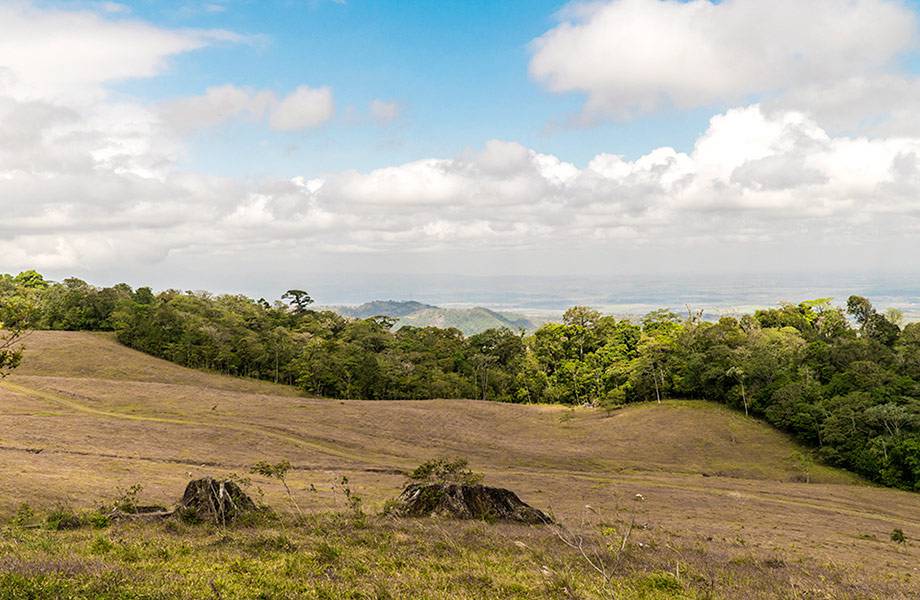
San Carlos
09:00am
It’s 9 am lunchtime out here in the field. It’s time for a quick meal, a well-deserved energy-boost-snack before getting back to work. There are different jobs the farmer must do, but this bit of the quest was extracted from a sugarcane farm. Sugarcane fields are places that might look like any other plantation, but its singularity hides between the tall stalks. The intense heat of the day starts very early, you can feel a nice cold morning breeze, maybe even some light rain before mid-day, but you can feel every sunray burning with no remorse on the back of your neck. Farmers cover themselves thoroughly, but not because of the sun, it is to protect themselves from the many dangers inside the crops; once you’re inside, the temperature rises 2 or 3 degrees and this is the perfect setting for “terciopelos” (fer-de-lance snakes) a deadly viper that is not as much as terrifying as the well-hidden wasp and bee-hives that are often hit by mistake with the sharp machetes, the result of this are hundreds of terrible sting wounds.
You’ve got the desire to visit Costa Rica?
Would you like to know more about us and why you can trust us for your trip to Costa Rica? Click here for more information:
These scars and lacerations are not in vain, farmers proudly wear them. San Carlos is the largest canton in the country and produces the biggest percentage of food for the whole country, they are also responsible for 65% of all the milk that Costa Rica utilizes.
They tell me “Los Sancarleños” (how they call its people) are many alike Jewish communities, they always have helped each other and think first in aiding their own before other neighbour towns or cities (even though they are very friendly with outsiders). This might be true, as San Carlos was supposedly a land where many Spanish Jews migrated looking for better opportunities. This bond between its people created a humble nice environment surrounded by natural beauty and crop fields. It is a place where not only its people live in harmony with each other, but also with nature. Many estates here are conscious when protecting forests and natural borders at their crop fields; the same goes for wildlife that sometimes sneaks around the crops to “steal” food.
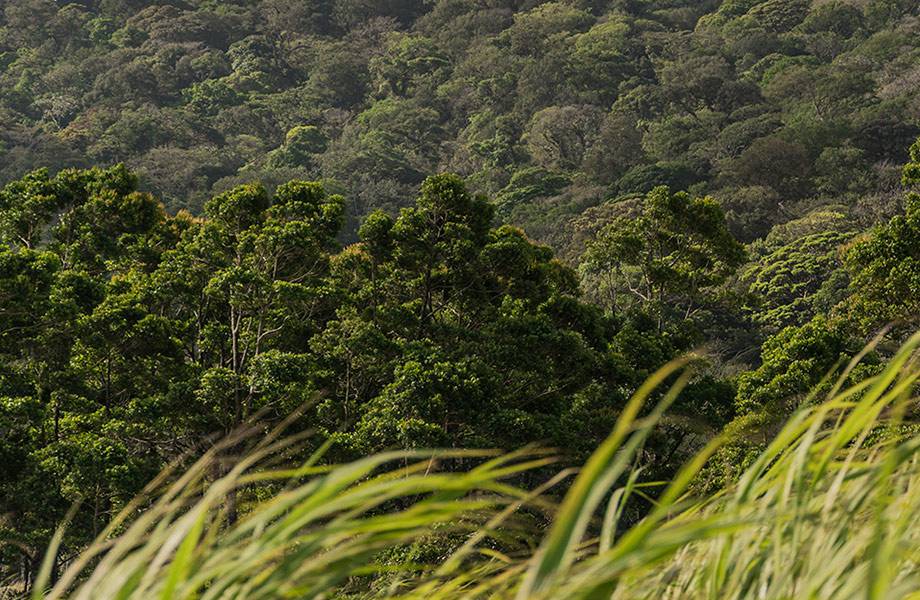
Like many farmers, Sancarleños are always looking for making the most of the resources available and the first thing you will notice at these estates are the “live fences” that surround the properties. These are fences made out of fallen trees by lightning or just rotten old trees that give way to younger new ones; most of these are, “Poró, Teka and Palo Negro” strong, sturdy wood. These natural fences mark the grounds, delimiting the natural protected areas; which is common to see around this region. Huge hills border the farms at the skirts of a near inactive volcano and the government pays a fee to all farmers that take care of these areas, making sure that they report any illegal hunting activity or any wildlife that enters their estate so that the appropriate authorities receive the call to ensure the proper measures for each case.
Farmers have to deal with huge biological communities of interacting organisms, after all, these ecosystems were here before their crops, but still, there is a negative impact caused by plant agriculture.
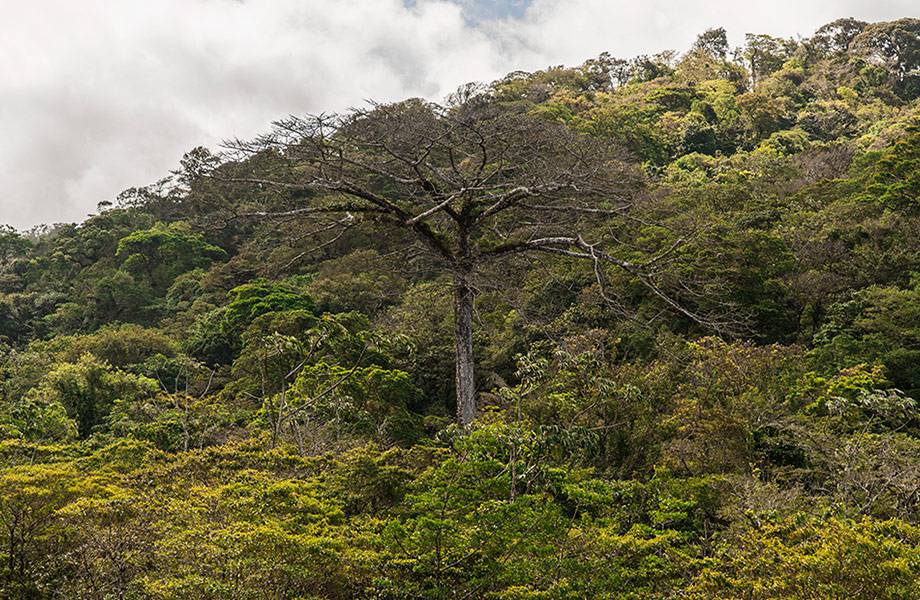
Snakes
There are many other different snakes besides the infamous "fer de lance". The “Becker” or commonly known as Boa helps with plague control. Other snakes, known as “Zopilota“ (Mussurana) eat the eggs from other poisonous snakes. It seems that nature balances itself, but in sugarcane plantations, the “terciopelo” (fer de lance) is always the king, as when the fields are cleared, its preys have fewer places to hide, causing ease in their hunt and now their survival rate has become a higher danger for farmers, which results in the killing of the reptiles.
Monkeys
At some of these farms, you might be able to see the white-faced capuchin monkey or better known as the “Cariblanco”. These crafty, scheming troops of monkeys are very well organized when stealing from the crops. They send out scouts to see if there are any humans around and if they don’t see any threat, they make sure to let the others know. The troops invade the sugarcanes leaving destruction along their way. A very smart play from the farmers was to plant plantain trees as a barrier to the sugarcane, this way the monkeys will be more interested in the bananas than the sugarcane, which represents a bit more of a risk to them.
Deer
When it’s time for the “zafra” (the sugar harvest) many lost fawn appear inside the sugarcane plantation, so the farmers take them back to the wild; although some of them are not picked up by the doe, so they are picked up by special authorities that take them to wildlife refuges.
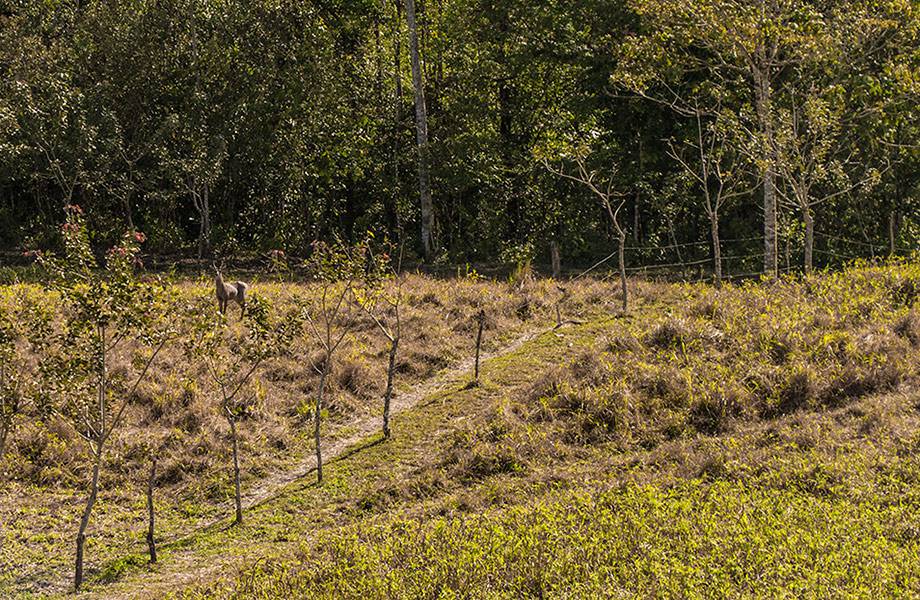
In general, there is a visible effort to live in balance with the natural surroundings at these farms and many of them are trying hard to become self-sustainable systems and try to preserve the diverse ecology in a controlled environment that doesn’t deplete the soils nor water supplies. Some of these measures are being done with crop rotation and instead of using pesticides, they harvest plants that work as natural pest repellents. All these lead to better, more organic ingredients that might help farm goods make a comeback and hopefully bring back many old-fashioned recipes to give a richer variety in the gastronomical aspect of the Tico culture.
Nicoya
11:00am
Guanacaste is known for its nice beaches and huge hotel industry, but also it is a land that focuses on cattle. It is almost noon and 5 workers are trying to catch a bull to castrate it. Guanacaste can spend almost nine months without seeing any rain, it’s a hard-hot day and some of the cattle got out of the corrals and are damaging the crops, but here, they respect lunch hours and that can be taken care of later. A big lunch is waiting and breeders and farmers know they must have good nourishment to withstand the daily routine of hard work; this is also helpful to keep your mind sharp and helps you communicate better with a healthier behaviour with your co-workers, an active mind helps you get through the day.
Rice, beans, plantains and hopefully some meat, chicken is more common; that’s the basics of the famously known “casado” that you can usually find at Sodas (small classic restaurants). It may seem like a simple balanced dish, but in the past, these four ingredients consisted of lots of hard work.
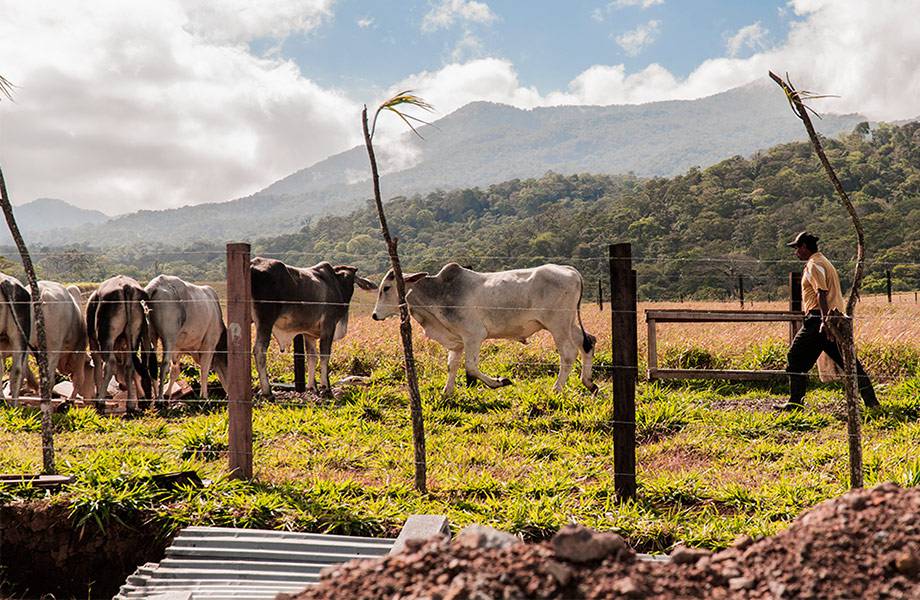
Rice
After the grains were collected and sun-dried it was carried into a “pilón” (kind of a wooden container) where it was smashed to peel it from its shell, afterwards it was ready to cook, it only lasted up to three days until it became inedible. This was one of the other chores repeated by women during the week.
Meat
Without refrigeration, there were different ways to prepare meat and usually, it was scarce, but it was always used for big celebrations and parties. A woman I met at a farmer’s market recalls:
“When my little sister had her baptism, I remember her godfather brought a live chicken and because my mom and aunts were busy cooking for everyone, I was given the chore to kill it. I didn’t have a clue of how to do it, but I had to learn how from a very young; kill it and pluck it. It is not a very nice work for a small child, but during your adult life, these are the chores you were stock up with…”
“Madero Negro” or “gallinita” is a special old recipe she told me was a very common chicken dish prepared with a medicinal plant called “Verdolaga” (purslane), but now because all of the pesticides is hard to find, as it is confused with a common weed and the same has happened with many other different plants.
Everything had a different flavour, especially meat. Meat could last several months without going bad and it was due to the smoking process it had to preserve it. The head of the family (usually the man), killed the cow or pig, this will take a while, soon after he had the different cuts ready, he will proceed to marinate the cuts with herbs and then smoke it. After it was ready, he would keep it inside an airtight container, which was kept inside a shed where the temperature was lower in the shadow; basically, this acted out as a fridge. No one else but the head of the family was allowed to open the meat containers because of the belief that if someone else did, the meat would go bad. When they wanted to cook some of that meat, they would then soften it with water and smash it with a hammer for a long period of time until the meat became soft to usually prepare it for “Olla de carne” (a typical Costa Rican soup).
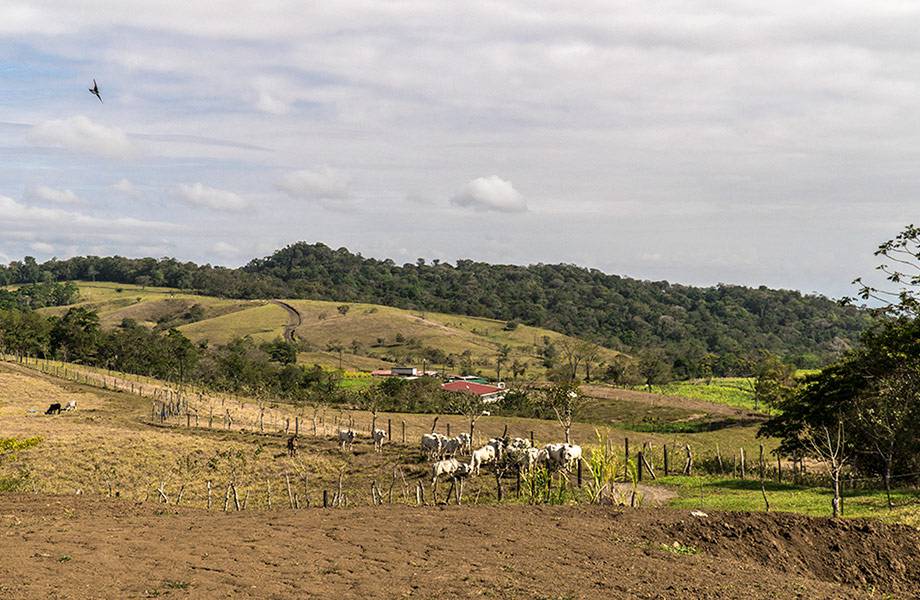
Fruit & Vegetables
Baked or fried plantain is very common to have on the typical dish, but there were many other ingredients used for salads, one of them was “yuplón” (known as June Plum or ambarella fruit). It is a fibrous fruit used especially when tender, to make a salad with some lemon, onion, peppers, and garlic, most fruit and vegetables had this same recipe, similar to “ceviche” (raw fish with citrus juices).
There is yet a lot to learn from the thousands of ingredients available in the country, especially the ones used back in the days where everything seemed so simple, yet everything consisted of hard work; labour that characterized the Tico as nice, noble, “campesinos” (farmers). What they grew and what they ate was a lifestyle, lost with the industrialization of farming; lost recipes, lost manners, lost culture that gave way to globalization, adapting external ways of life that are not our own. All these are elaborated with simple ingredients and we can still see it on the menus of many restaurants that have lost the original seasoning and formulas to a good Costa Rican menu. All this disassociation of food and culture is rooted in the environment; nowadays we might know a lot about health and diets, but we eat less healthy and the practices of how agriculture is heading will end up in the loss of culture and ecology. The farm has lost its fostering relationship, its effects have become devastating.
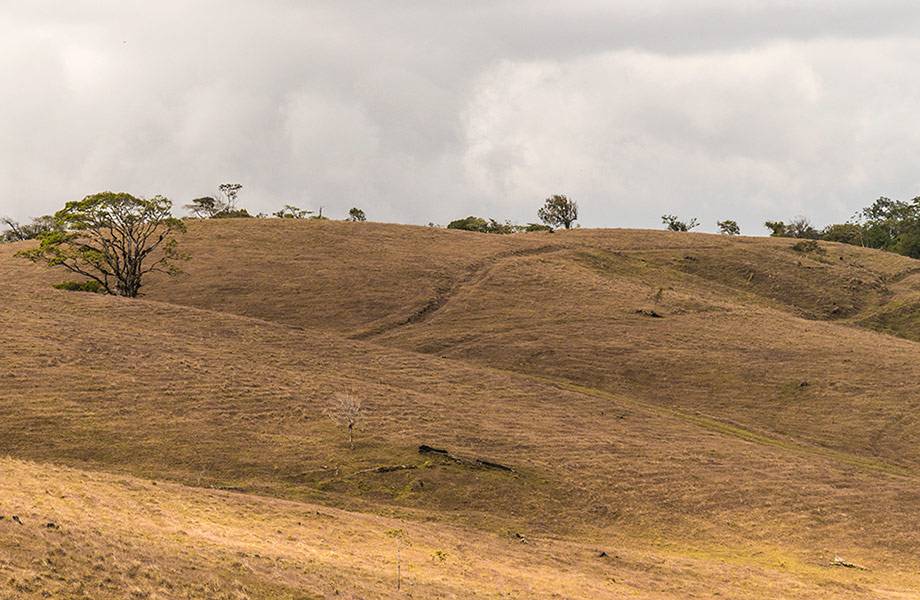
Places like the ones I visited and the people that think and remember the “old-ways” reminds us that we can work the land in different ways, self-sustained systems that work together with the environment and thus, produce healthier, native ingredients and rescue the little of what’s left of the Tico gastronomy, which is a legacy from our ancestors that reminds us what we eat and who we are.
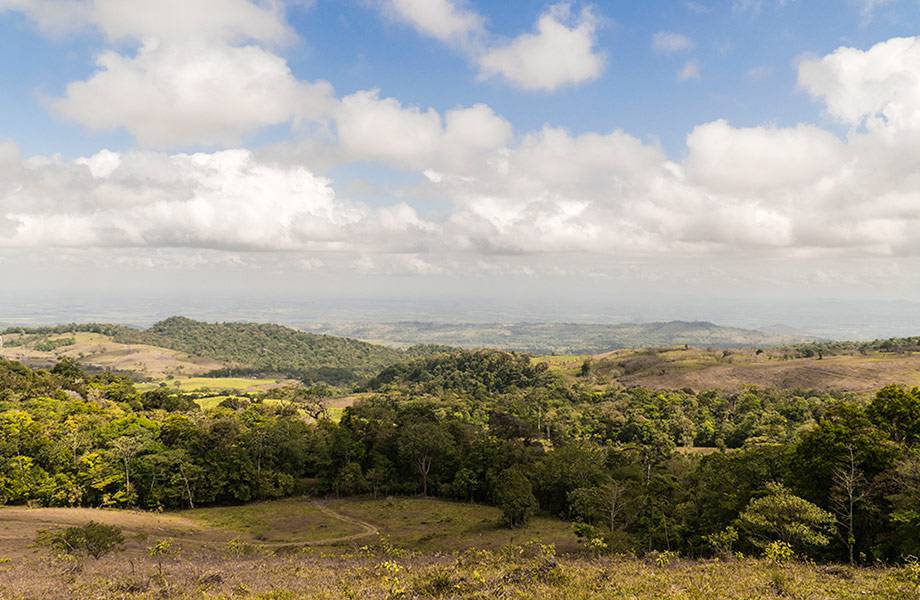
You want to get to know Costa Rica and travel here?
No problem! We can help you by preparing an offer without any obligation for you.
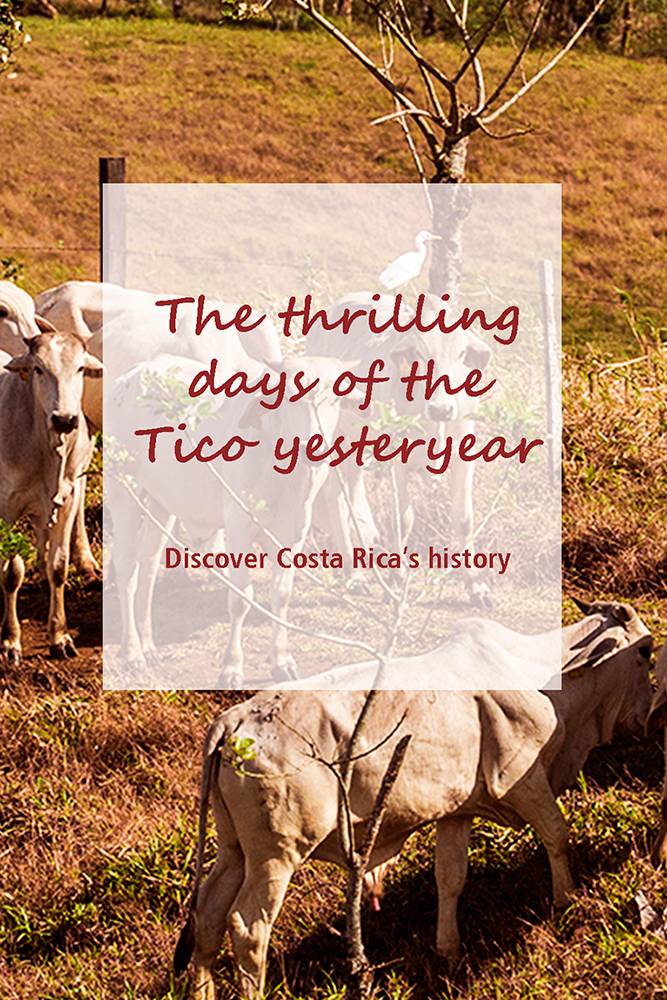
The thrilling days of the Tico yesteryear
Recommended Blogs
-
How can I combine Costa Rica with Nicaragua?
-
National Park Rincón de la Vieja, a natural paradise
-
The top 5 coffee tours in Costa Rica
-
Is it necessary to rent a 4x4 when visiting Costa Rica




